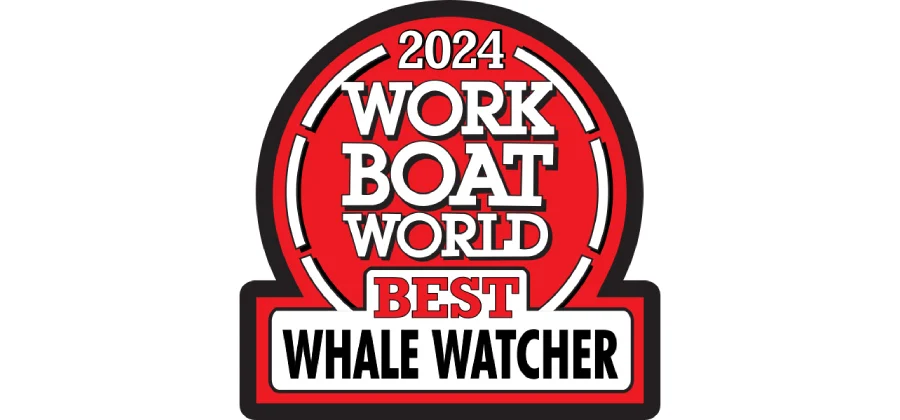AWARDS 2024 | Best Whale Watcher – Bard – Wave Propulsion
Bard is a 26-metre lightweight vessel designed for Arctic day tours and whale-watching, accommodating 146 passengers with panoramic windows and heated saloons for immersive nature experiences.
Highlighting Wave Propulsion's innovative hull and system design, unique strengths include silent electric operation for minimal wildlife disturbance, reduced weight and maintenance via simplified components, enhanced seakeeping with bow modifications, and efficient heat recovery for passenger comfort in harsh northern waters.
The interconnection between Wave Propulsion's design tool and the customer's design tool posed a challenge during the design work on the new vessel, as explained by Halfdan Endresen, Naval Designer at Wave Propulsion.
"We must ensure that the designs look equal," Endresen told Baird Maritime. "Until now we designed mostly hulls, where good performances is critical."
He added that the design team serves as a link between owners and yards. When photos are received from owners’ buildings supervisors, these are then compared with the designers' recommended solutions.
Vessels should be electric or powered by green hydrogen, but what most people do not mention is the heavier weight imposed on vessels.
"If the yards have done any useful changes that we note and if the solution [delivers] better performance than expected, we may learn a lot [from the changes]."
Bard was completed as a hybrid electric vessel in line with the need to adapt environmentally friendly propulsion solutions, which Endresen identified as a current trend in naval architecture.
"Green solutions, rather than traditional diesel solutions...influence how we work. Vessels should be electric or powered by green hydrogen, but what most people do not mention is the heavier weight imposed on vessels. Heavier weight means higher fuel consumption in most cases."
Nonetheless, Endresen said Wave Propulsion spent 2024 focusing its efforts on a number of key projects, including designing another hybrid electric catamaran vessel for the same owner.
"Our activities in 2024 were [concentrated] on Brim Explorer's other vessel Bre, and this also entailed collection of all necessary data from the sea trials," Endresen told Baird Maritime.
The challenge [is in ensuring] seakeeping performance, as vessels need to move as softly as possible through the waves.
The previous year also saw the company commence design work on slightly longer passenger vessels that will be capable of operating under the same conditions as the earlier catamarans.
Endresen added, however, that almost all yards and designers in Norway strive to implement greener solutions for passenger vessels in compliance with the regulations set by the country's authorities, with varying degrees of success.
As for the broader Scandinavian workboat industry, Endresen believes workboats will continue to grow in size. This is especially true in the case of aquaculture support vessels that need to be large enough to adequately service offshore fish farms regardless of wind and wave conditions.
"A few years ago, vessels were limited to 14.99 metres in length due to the qualifications of the crew on board. The challenge here [is in ensuring] seakeeping performance, as vessels need to move as softly as possible through the waves."
Endresen said that, if such seakeeping performance is achieved, onboard activities become easier to accomplish and MOB situations and accidents can be reduced.
For a list of the 2024 "Best Of" award winners, please click here.

